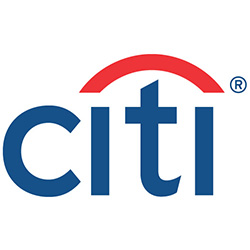Reports
Private Revenues Rise At Citigroup, Net Income Jumps

As with other banks, a reversal of credit provisions last year because of the pandemic boosted the bottom line considerably.
Citigroup yesterday
reported that private banking revenues came in at $993 million in
the second quarter of 2021, up 4 per cent and driven by higher
fees and lending volumes, partially offset by the impact of lower
interest rates.
The US-listed banking giant gave few other numbers on its private
bank, which caters to ultra-high net worth clients. Citigroup
followed other US banks such as JP Morgan, Bank of America and
Goldman Sachs in reporting Q2 financial figures. (To see figures
for Q1 for the world's top banks,
see here.)
Across the banking group as a whole, Citigroup said it logged net
income in Q2 of $6.2 billion, or $2.85 per diluted share, on
revenues of $17.5 billion. This compared with net income of $1.1
billion, or $0.38 per diluted share, on revenues of $19.8 billion
for the same period in 2020.
Revenues fell 12 per cent from the prior-year period, primarily
reflecting more normal market activity in fixed income markets
within the institutional clients group and lower average card
loans in the global consumer banking arm.
As with its peers, Citigroup swung away from making large
provisions for credit losses a year ago because of COVID-19 to
reporting large releases this year. The bank logged a net release
of $2.4 billion in Q2, down from $5.942 billion a year earlier.
In the first quarter of 2021, it logged a release of $3.853
billion.
“The pace of the global recovery is exceeding earlier
expectations and, with it, consumer and corporate confidence is
rising. We saw this across our businesses, as reflected in our
performance in Investment Banking and Equities as well as
markedly increased spending on our credit cards. While we have to
be mindful of the unevenness in the recovery globally, we are
optimistic about the momentum ahead,” Jane Fraser, Citi CEO,
said.
“During the first half of the year, we returned nearly $7 billion
in capital to our shareholders, the most that was permitted by
the Federal Reserve. We ended the quarter with a Common Equity
Tier One ratio of 11.9 per cent and we intend to continue to
return our excess capital, over and above the amount we need to
make strategic investments,” Fraser continued.
